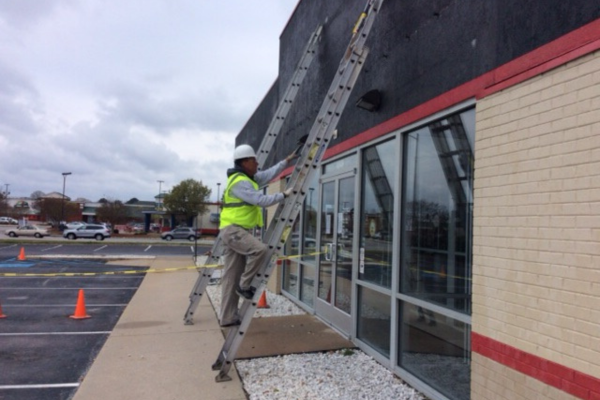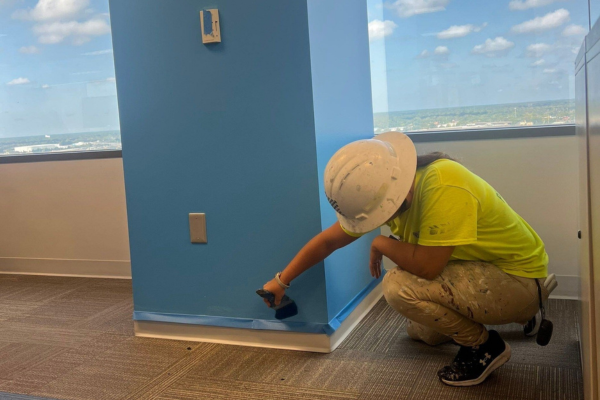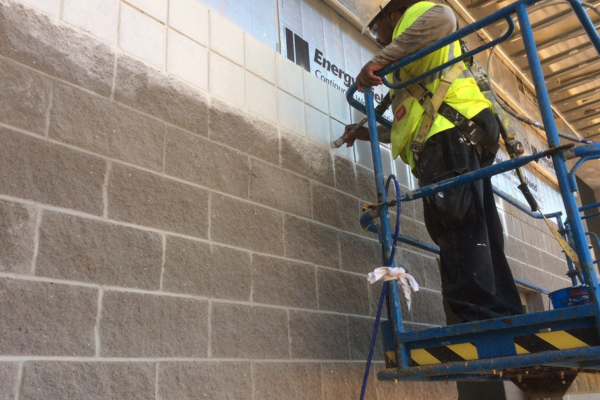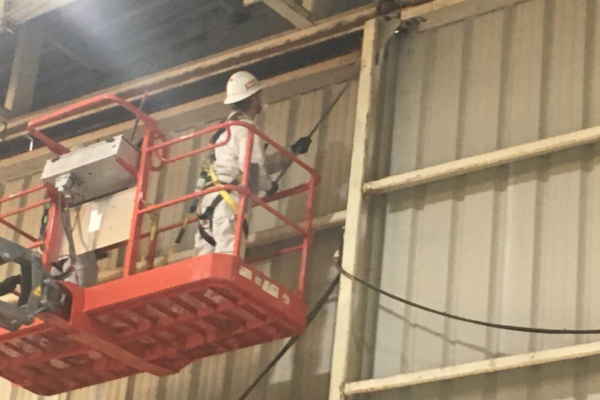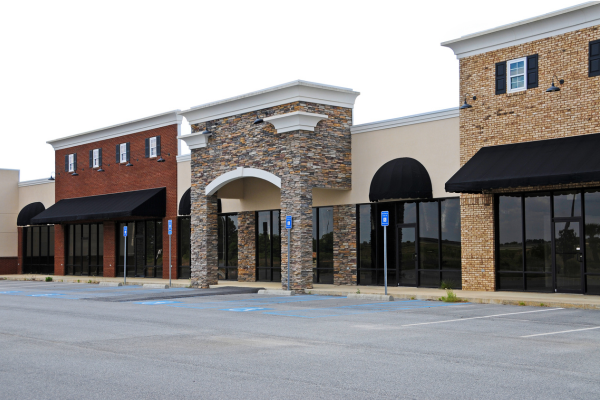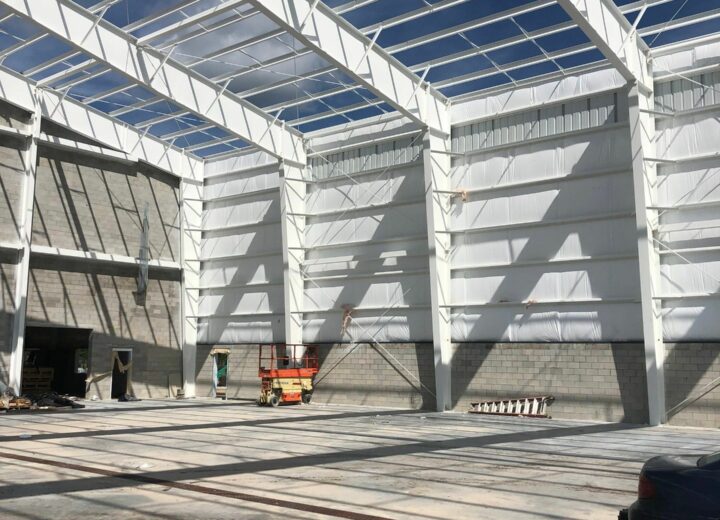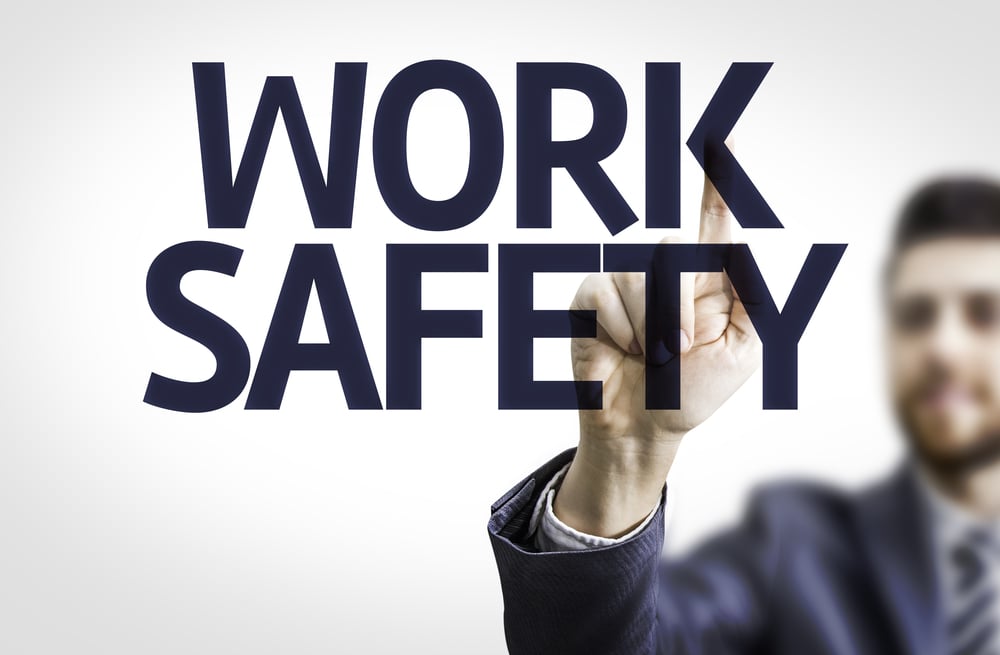
Painting your home or business is quite a bit of work but it has long-lasting rewards if done correctly. As with any home improvement task, there are risks that must be considered. Following instructions and using tools and equipment according to the specifications from the manufacturer, you can reduce your risk and prevent potential injury. Taking the necessary precautions will ensure the job goes as smoothly as possible with fewer glitches and minimal clean-up.
Improper Ventilation
One of the biggest risks associated with painting involves being in a confined area with little to no airflow. The fumes from the paint can be toxic causing headaches, dizziness, and other harmful side effects. In addition to keeping the doors and windows open, you should also wear a respirator to help filter the toxins out of the air.
Having to Work at Different Heights
When trying to reach ceilings and the upper sections of the walls, you will need to use a ladder or scaffold. When setting up a ladder or scaffold, make sure the legs are securely set on a level surface. If the scaffold has wheels, make sure they are locked before you attempt to climb onto it. Always make sure that you have everything you need prior to getting on the ladder. If you can’t carry the items, climb the ladder and then have someone hand things up to you one at a time.
Slick Surfaces
Spilled paint is common when you are painting a large area. It’s easy to drip paint without knowing it, especially when you are taking the brush or roller from the tray to the surface. Even if the paint is dropped on a tarp, it can make the area extremely slippery. One of the best ways to prevent a slip and fall accident on a slick surface is to wear shoes with non-skid soles. When you get down off of your ladder or before you leave an area, try to wipe up spills or paint drippings you can see. This will prevent you from forgetting they are there and slipping on them when you come back to finish the job.
Uneven Surfaces
Uneven surfaces can cause you to trip and fall. There may be differences between the floors in adjacent rooms which leads to an uneven surface. Setting up a ladder on an uneven surface can cause it to be wobbly and unstable. If you plan on laying down a tarp or plastic before you paint, make sure to smooth it out and lay something heavy along the edges. Make the surface as smooth as possible so there is nothing to trip over or catch the ladder on if you have to move it.
Increased Risk of Eye Injuries
Because of the chemical nature of some paints, you should always wear protective glasses or goggles. Any time you paint, you have an increased risk of eye injuries. Both paintbrushes and rollers can flip paint in different directions. Flecks of paint can find their way into your eyes rather quickly and can cause irritation without you even realizing what has happened. Always have protective eyewear on hand to reduce your risk of injury.
If you have a painting project that you are ready to start, take the time to make a safety checklist. Include protective eyewear and gloves. Make sure to include cleaning supplies to prevent spills from getting out of hand and causing a slip and fall accident. It’s important to identify as many potential risks as possible and then take the necessary precautions to reduce your risks and prevent injuries. The best way to make sure your paint project is a success is to take the time to plan ahead and make sure you have everything you need before you start. Keep things in order so your plans go smoothly.

